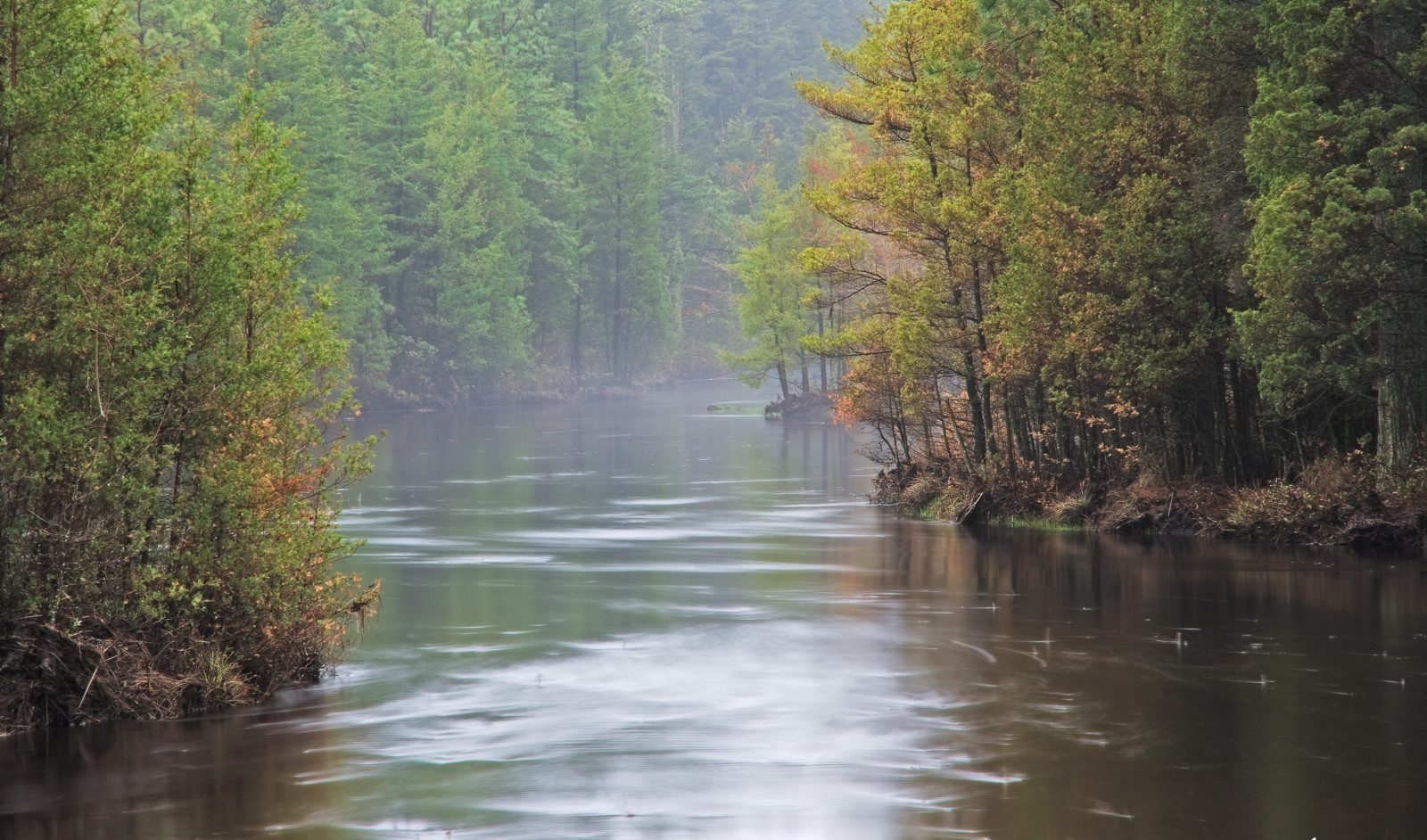
The Pinelands National Reserve is the largest forested area on the Eastern Seaboard between Maine and the Florida Everglades.

The New Jersey Pine Barrens is the “ecological” term that describes the unique, beautiful and fascinating ecosystem and natural treasure that covers most of southern New Jersey. (See: New Jersey Pine Barrens vs. NJ Pinelands: What’s the Difference?)
The Pinelands is the legal or political term that describes the 1.1 million acres in south Jersey that is subject to the Pinelands Comprehensive Management Plan.
The Pinelands Preservation Alliance advocates for Pinelands preservation before government agencies like the New Jersey Pinelands Commission and seeks to engage the public in raising their voices for the Pinelands.
We believe this effort will succeed if:
The “Pine Barrens” is the special ecosystem that is marked by acidic, low-nutrient water and soils – and all the species of plants and wildlife that are adapted to these challenging conditions.

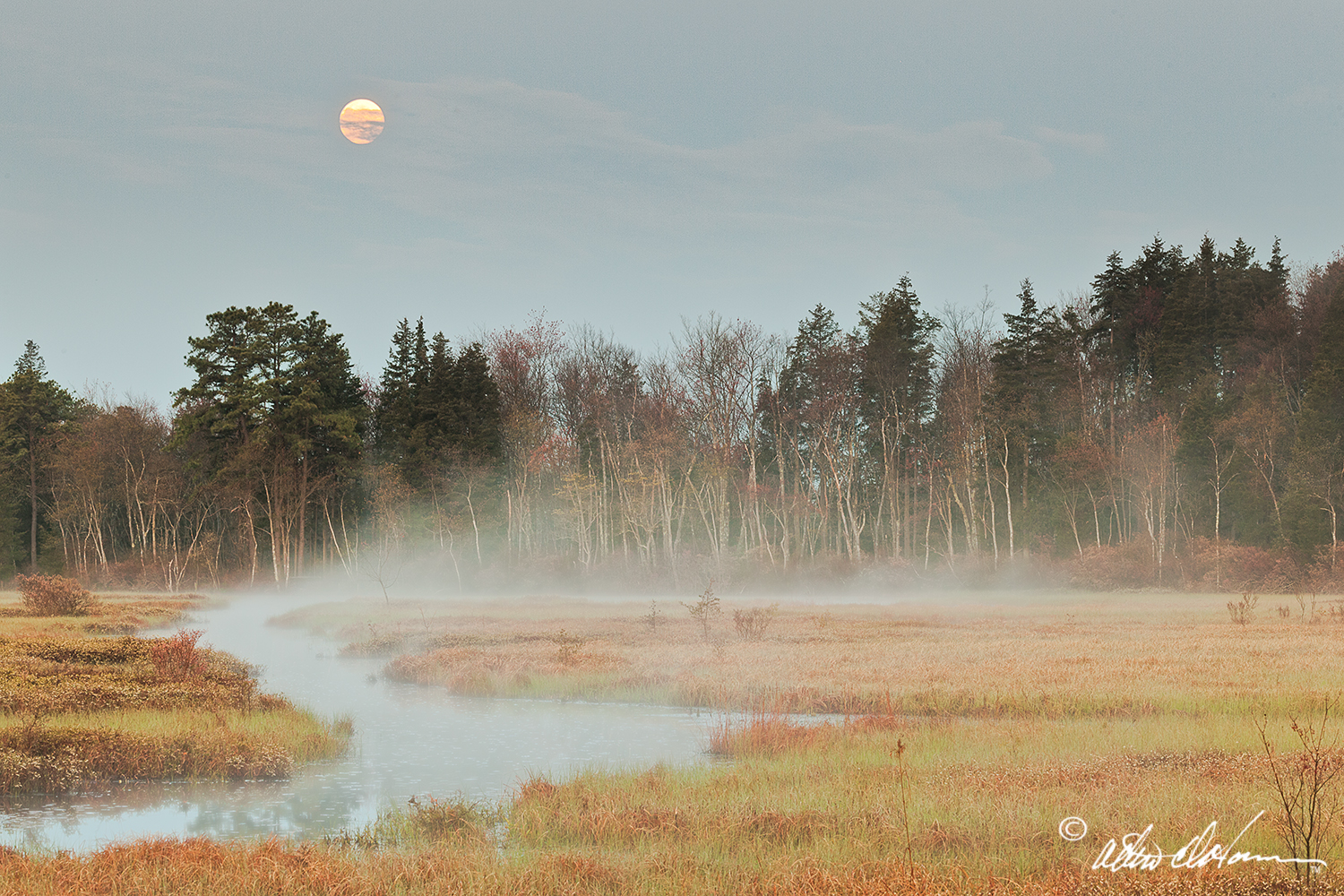
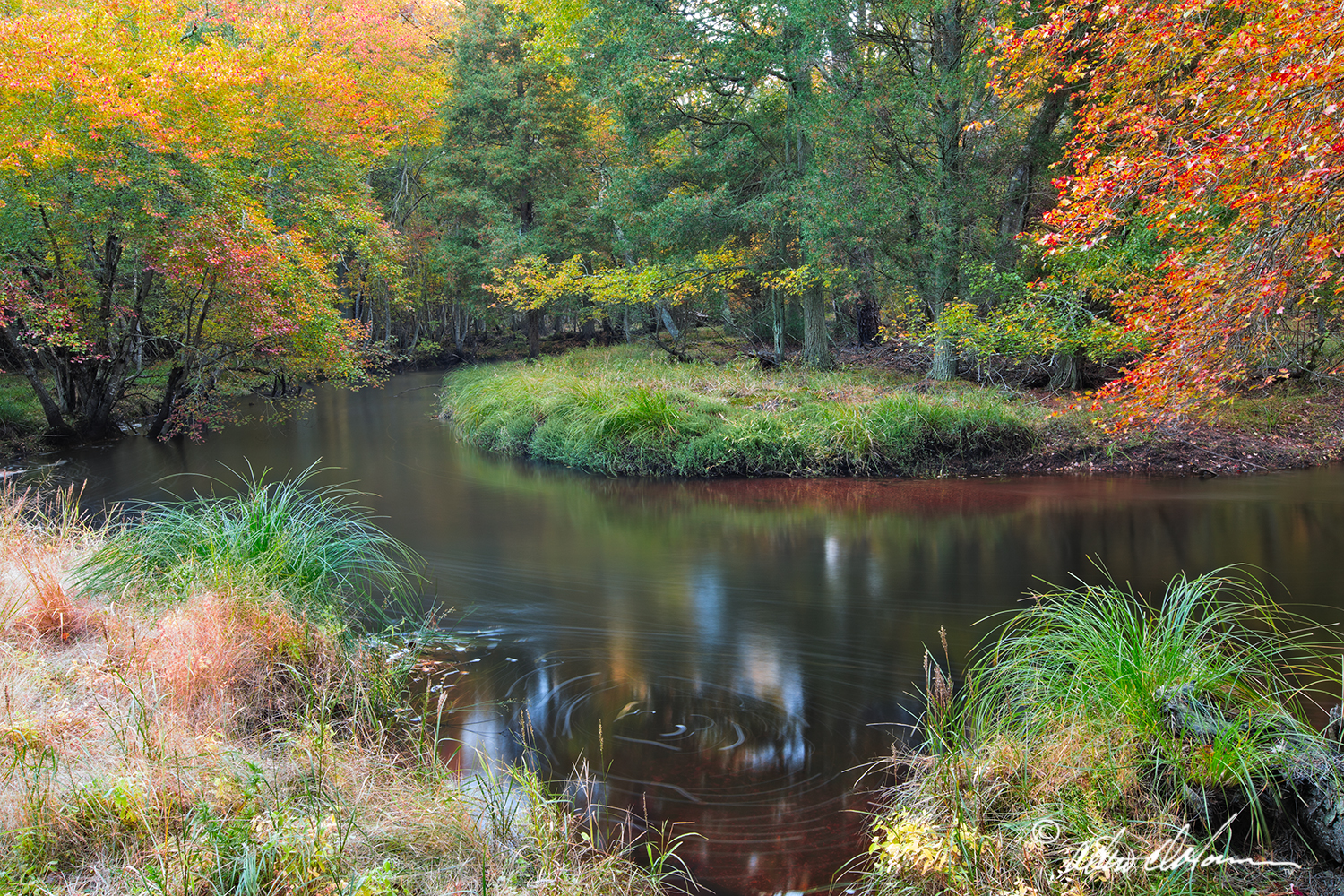
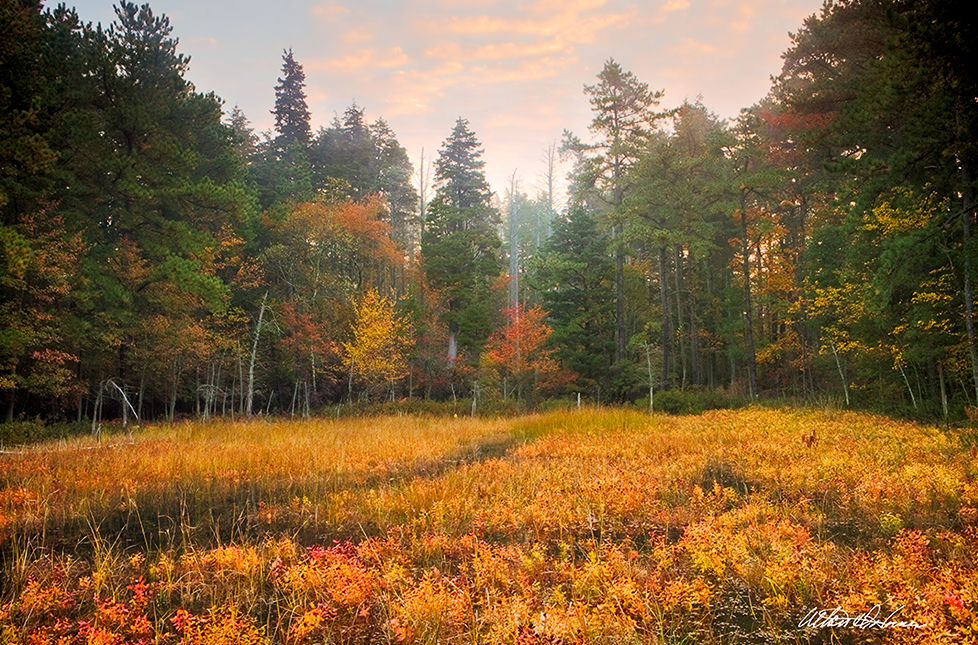

Today, as throughout our history, human beings depend on the health and vitality of the Pine Barrens’ ecosystems. Wander through the region’s forests and you will find a surprising variety of scenery, habitats and species in this island of biodiversity within the most crowded part of North America. You will find the largest surviving open space on the eastern seaboard between the northern forests of Maine and the Everglades of Florida. Ghost towns, historic sites and legends such as the Jersey Devil preserve the Pinelands’ unique culture, telling the many stories of how humans have used and depended on the natural world around them.

Land Protectors are volunteers who plant trees and shrubs, remove illegally dumped debris and install blockades to protect against off-road vehicle abuse.
The “Pinelands” is an area of 1.1 million acres designated for special growth management rules by the New Jersey Pinelands Protection Act of 1979 and the National Parks and Recreation Act of 1978. These laws constitute America’s foremost effort to control growth so that people and the rest of nature can live compatibly, preserving vast stretches of forest, rare species of plants and wildlife, and vulnerable freshwater aquifers. The Pinelands encompasses most, but not all of the Pine Barrens ecosystem.

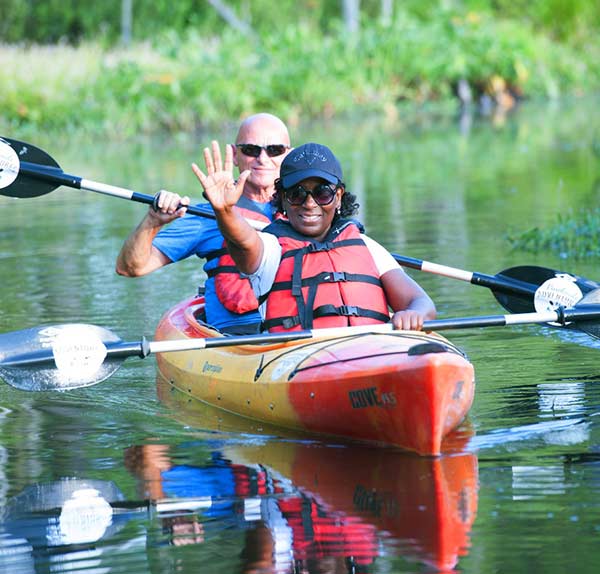
Paddle, hike and explore historic sites with PPA’s Pinelands Adventures outdoor discovery program.
In the 1960s and ‘70s, citizens, scientists and farsighted politicians realized that the Pine Barrens was something special that we needed to save. They understood that the Pine Barrens was threatened by the sprawling development that was eating up New Jersey’s open spaces in the great post-World War II expansion. Their efforts led Congress to pass § 502 of the federal National Parks and Recreation Act of 1978 and New Jersey to pass the Pinelands Protection Act of 1979. These laws created the Pinelands National Reserve and the New Jersey Pinelands Commission.
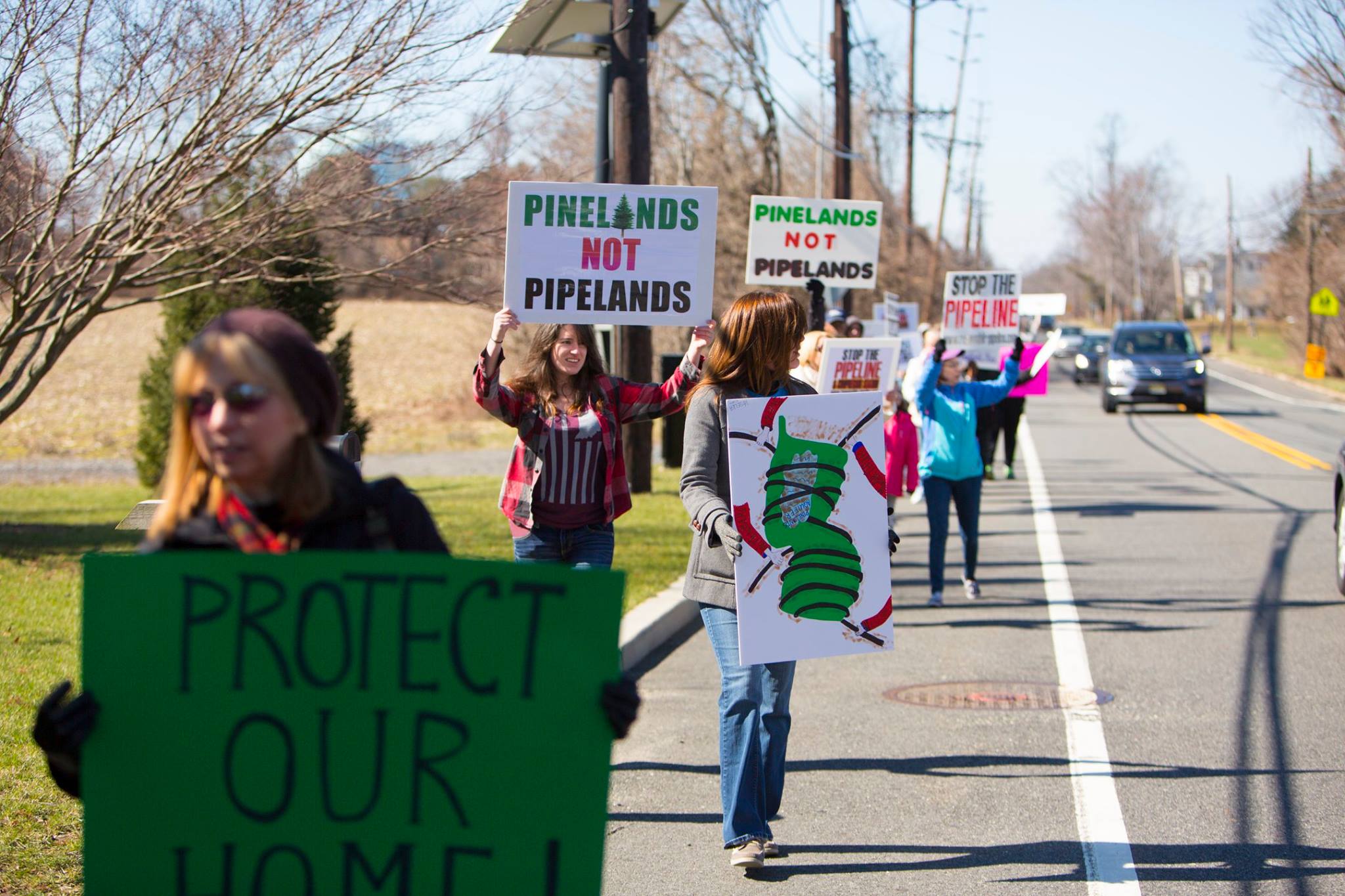
Adopted by the Pinelands Commission in 1980, the Comprehensive Management Plan (CMP) implements these statutes. The CMP regulates where development can take place by creating conservation and growth zones and applying stringent environmental standards to all development. The “Land Capability Map” divides the Pinelands into various conservation and growth zones, with more or less restrictive development rules applying to each colored zone. [Download: CMP Land Capability Map (PDF)]
The goal of the CMP is to protect the Pinelands’ natural resources while allowing agriculture and urban/suburban development that is compatible with the overriding environmental protection goal. You can read the whole CMP body of regulations. [Download: Comprehensive Management Plan Map (PDF)]
The New Jersey Pinelands Commission is an independent state agency overseen by a 15-member board of unpaid volunteer Commissioners. The Commission has the power to set minimum environmental standards for all local zoning and development ordinances. All municipalities are required by law to conform their local master plans and zoning ordinances to the regional plan.
The members of the Commission are chosen as follows: The governor nominates seven members, subject to confirmation by the state senate; each of seven counties in the Pinelands appointments one member; and the final member is selected by the United States Secretary of the Interior (usually from the staff of the National Park Service). Those chosen by the governor and counties serve three year terms. They serve until they are replaced (or retire by their own choice), so many members continue to serve long after their terms have expired.

Protecting the Pinelands is an enormous challenge. As land around the Pinelands, and land in the Pinelands’ growth zones, is developed, the pressure only grows to make changes or exceptions to the rules against development of the conservation zones. Even when enforced to the letter, today’s rules are not strong enough to save the Pine Barrens from the cumulative impacts of development. In many areas, new and better policies are needed to make the Pinelands the protection ideal succeed over the long run.
It is critical that members of the Pinelands Commission be committed to its environmental mission and have the will to stand up to the pressure they often receive to waive or weaken rules to benefit one or another development project.